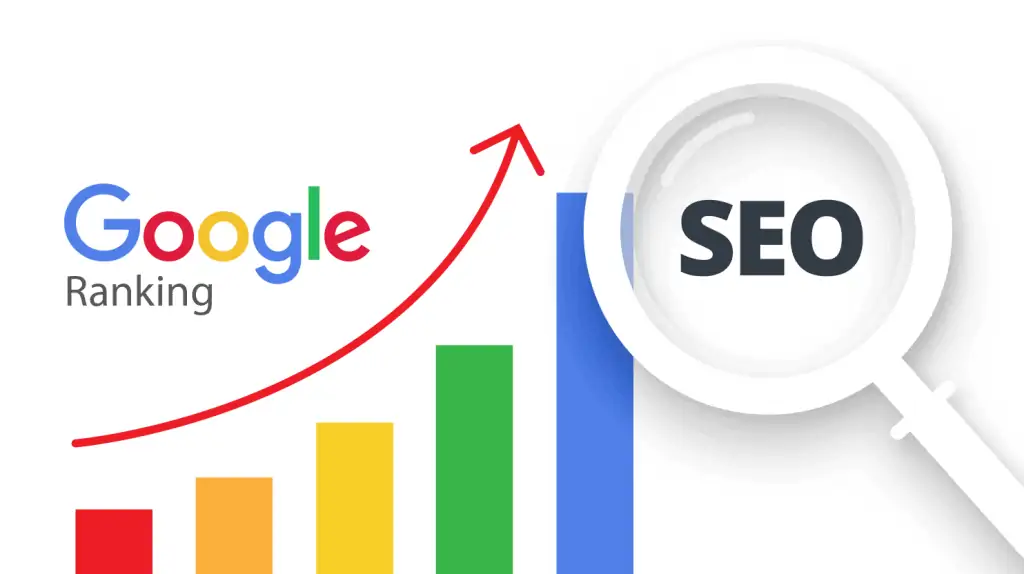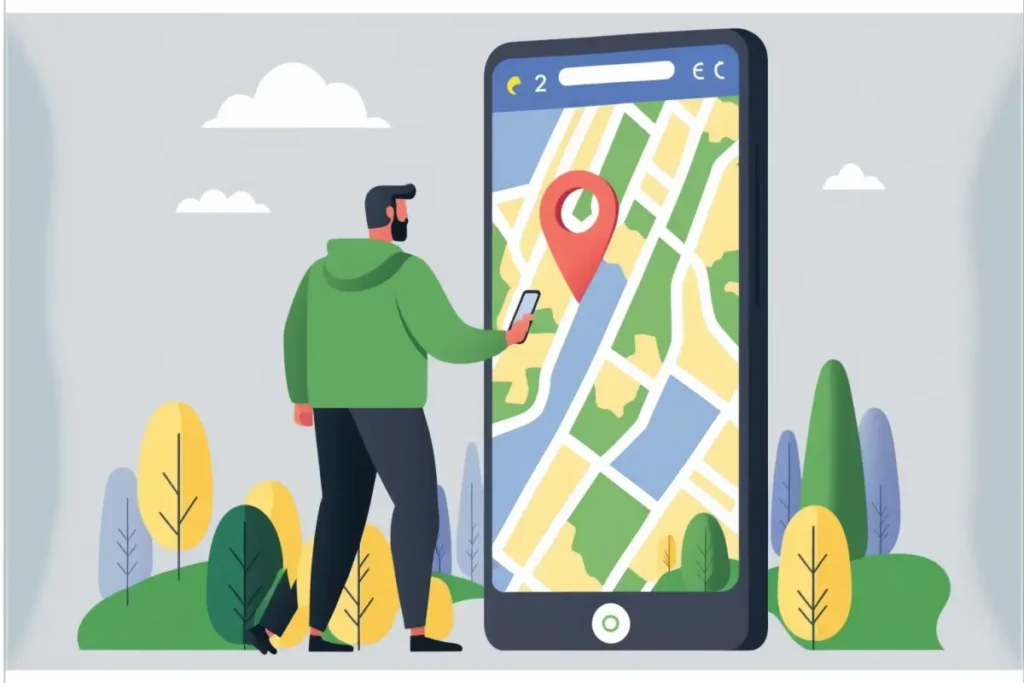Knowing Google’s Ranking Parameters
With algorithms always in development and changing, Google’s secrets are never disclosed. But they provide some information concerning what determines ranking of the search results. But, the operation for Google is more central in the sense that the goal is to offer the best relevant and high quality content to the users. Some of the essential ranking factors include:
1. Coincidence of keyword terms in content
2. Content relevance and the credibility that supports it.
3. An easy method to test accessibility and usability of the site on mobile devices.
4. Website speed and performance
5. Link popularity which is links coming from other respected sites
6. Interactivity and interactivity experience
7. Social signals and shares
Next are details on each of these aspects and the ways in which search engine optimization can help you rank better on Google.
1. In the following writing, Keyword Research and Optimization will be explored in detail.
SEO relies on keywords, as they help Google to properly understand the content and goal of a website. If you are interested in raising your position on Google as a major search engine, do keyword research and employ the results in your writing.
Here are some steps to follow for effective keyword research and optimization:
a. Use keyword research tools: But, you can make use of other tools like Google Keyword Planner, Ahrefs, SEMrush and Ubersuggest to locate prospective keywords for the website. Instead use long tail keywords which are much easier to rank for and bring you more targeted traffic.
b. Incorporate keywords naturally: Keyword stuffing should however be discouraged since google can actually punish your site in the process. No, don’t put your primary keywords in the body of the title, in the headings, in the Meta description and so on. When putting your keywords into the text, make sure you don’t look forced.
c. Optimize your URLs and image alt tags: Ensure that your URLs and images also provide some form of optimization that directs your site towards the right search engine.
2. Optimising high quality content creation
The king in SEO is content. As such, content should be informative and of high quality if it’s to draw users to the website and in turn, encourage them to share it through the social media.
Follow these steps to create and optimize high-quality content:
a. Develop an editorial calendar: Organize your editorial content by sectioning off your work into an editorial calendar. This will also help keep the rate of posting stable and the material that is being posted will be based on the business and pertinent.
b. Conduct thorough research: Take time in your research in that it will enable your deliver content that is not only useful but relevant to your audience.
c. Optimize your content for search engines: Include your primary keywords in the title, headings and subheading. Query and strong meta tags and optimize the content strategically with the right combination of title tags and Headings, subheadings. It is also important to provide internal and external links, so the content appears more trustworthy.
d. Ensure mobile-friendliness: With the increase in the number of people using mobile devices to visit websites, it’s important to make your content mobile responsive. Implement responsive design also incorporate images that will take little time to load.
3. Backlinks
Backlinks refer to links people check from other websites directing them to the website in question. Google explains that backlinks are a way of showing that people have confidence in the contents of your website, and this will automatically boost your search engine ranking. For this reason, you should focus on the quantity and quality of backlinks from the high Authority websites in your niche.
Here are some strategies for building backlinks:
a. Create shareable content: Create material which will be interesting for other people from your field to promote it. For instance, this can fall under the line of infographics, research report, case studies and other helpful materials.
b. Guest blogging: You should write articles for other blogs in your niche. This exposes your content to a wider audience and makes it easier for you to lobby other site owners in the hope that they may link to your website.
c. Broken link building: Search for dead links on other web-sites and offer to update the links with own materials. It could even create new backlinks and help optimize the site’s authority.
d. Reach out to influencers: Look for key opinion leaders in your industry, that you can then approach to endorse your content on their social media platforms. This may help to increase its appearance on the Internet and get backlinks.
4. Visitors Interaction and Perception
Google bows to the website which provide a good user experience and retain the user for a long time. To increase the web position of your site, there is need to target on increasing the interaction time of humans and the quality of the experience.
Some tactics to improve user engagement include:
a. Increase your website’s loading speed: To learn the areas where you need to focus on, you want to try out Google PageSpeed Insight because it helps you to know that areas of the website that require attention in terms of the speed of the website.
b. Make navigation simple: Always ensure your website passes the blink test – that is, that’s it not blurry, complicated, or hard to differentiate the call to actions or other contents of your website.
c. Create shareable content: Create sharable content through your social platform to be created to help many people share your website on social media.
d. Request user feedback: Use polls or forms to ask your audience about their impressions of your website’s design, structure and content. Instead, let such feedback be used to make the user experience even better.
5. Social Signals and Shares
Although it’s not a direct connection, likes, shares, and the comments all can affect your Google rating. For example, Google does not directly utilize the social media signals, but they do play a role in your ranking because they send more traffic to your site and thus user engagement.
To increase social shares, focus on:
a. Creating engaging content: To attract the audience’s attention and to have them share your website on their social media accounts, you have to publish a captivating content.
b. Utilizing social media platforms: Share content, comment and even message other members in various groups and pages on relevant social media platforms.
c. Using hashtags: Using the most searched for and related tags are the hashtags, which are a great way to get your content promoted in various social media platforms.
d. Encouraging social media sharing: It will also prove useful to post social sharing buttons on your website so that users are able to share your content effortlessly.
Conclusion
There are numerous factors that you need to employ to increase your rank on Google, you would has to use search engine optimization methods, useful, quality and relevant content and user interaction. In this guide, there are recommended ways and methods on how to enhance search engine ranking in order to capture more of the market’s attention. Just keep in mind that reaching a better Goggle rank is something that will take time and you should maintain you efforts constant.




